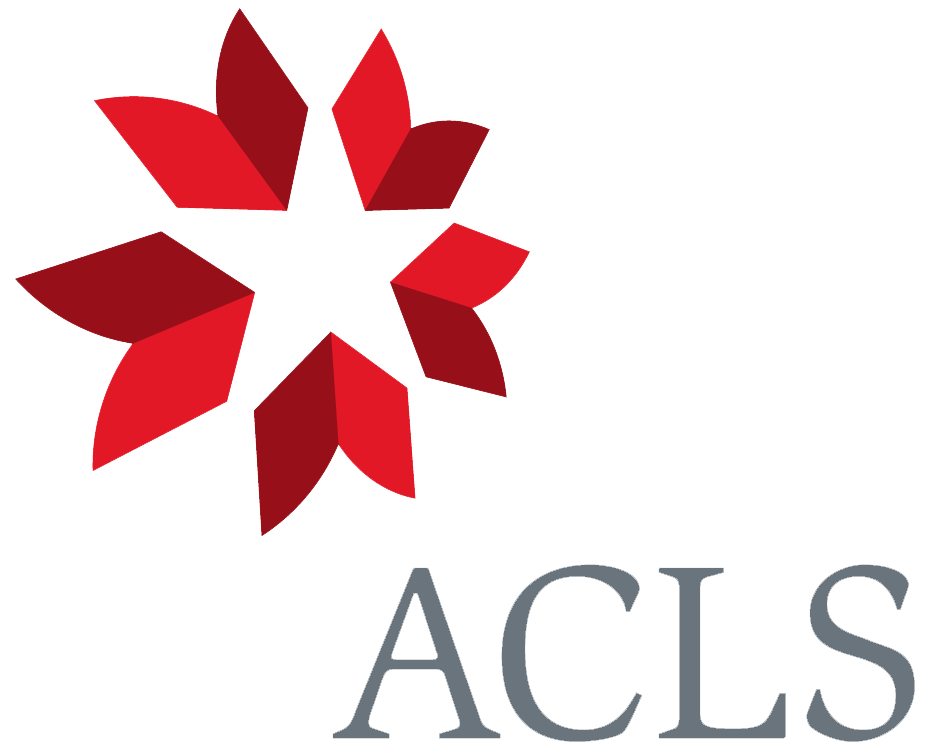From Edward Harris April 1877
15 Broad St. Bloomsbury W.C
April 1877
Sir,
Kindly excuse a total stranger in thus addressing you, for a long time I have intended to do so knowing the great interest you take in all matters relating to animated creation.
I am the proprietor and have been so for twenty four years of a Cockatoo brought from St. George’s Sound Australia.1 I devoted twelve years to the education of this bird, which according to Mr. Gould belongs to the most unteachable of all the family of Cockatoos.2 Under my tuition it has developed an amount of intelligence that has surprised those who are acknowledged to be familiar with bird-life.
Perhaps the following may serve as my introduction to you. Mr. Frank Buckland writing in “Land and Water” on December 7/72, says, “Mr. Darwin ought to see him to get some notes for his “Anatomy of Expression”, for certainly I never saw such a clever faced bird before. My old parrot who is by no means a fool, for he can talk famously, looked quite an idiot by the side of this preternaturally learned bird”3
If necessary I could quote many other testimonials as to my Cockatoo’s attainments.
If you should wish to see the bird I shall only be too glad, gratuitously of course, to show him to you at any time you may mention. He is a performer but not a talker, and I should wish you to test his capabilities in the strictest manner possible. There is no trickery in what he does, but of this you will be better able to judge when you have him before you.
Pray excuse my forwardness in thus writing to you. I would not have done so were I not convinced in my own mind and by the testimony of others, that my Cockatoo is a phenomenon, a veritable rara avis.4
I remain, Sir | Yours most respectfully | Edward Harris
Footnotes
Bibliography
Expression: The expression of the emotions in man and animals. By Charles Darwin. London: John Murray. 1872.
Freeman, Richard Broke. 1977. The works of Charles Darwin: an annotated bibliographical handlist. 2d edition. Folkestone, Kent: William Dawson & Sons. Hamden, Conn.: Archon Books, Shoe String Press.
Gould, John. 1865. Handbook to the birds of Australia. 2 vols. London: the author.
Summary
Wishes to bring CD his trained cockatoo.
Letter details
- Letter no.
- DCP-LETT-10920
- From
- Edward Harris
- To
- Charles Robert Darwin
- Sent from
- London, Broad St, 15
- Source of text
- DAR 166: 105
- Physical description
- ALS 2pp
Please cite as
Darwin Correspondence Project, “Letter no. 10920,” accessed on


